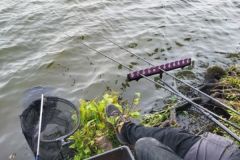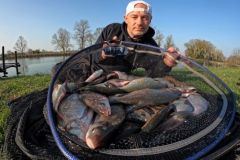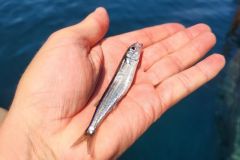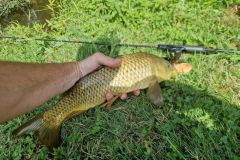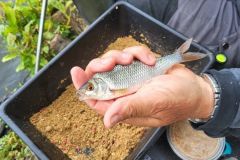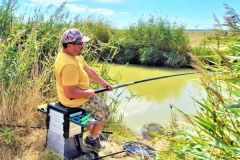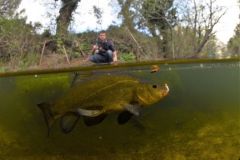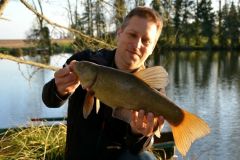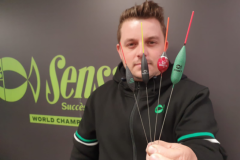Equipment and techniques for successful bleak fishing
Fishing for bleak requires light, sensitive equipment. A 3 to 4-metre Bolognese or tele-adjustable rod is the ideal choice for detecting the delicate bites of this small fish. Choose small-diameter line, between 8 and 12 hundredths, and fine hooks in sizes 18 to 22. Bream generally move in shoals and frequent the upper layers of water. They prefer areas of moderate current near natural obstacles such as bridges or jetties. Spring and summer are the best times to catch them, especially on sunny days.
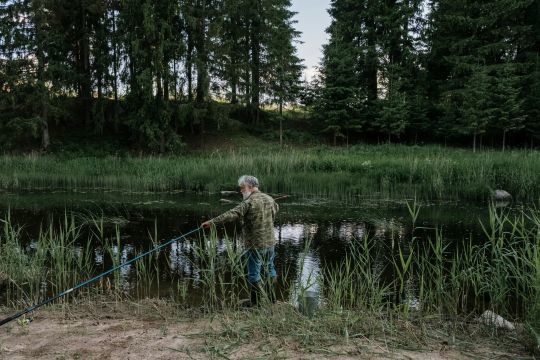
Several techniques are effective for fishing bleak:
- Pole fishing with fine floats and light baits
- The English approach for deeper areas
- The surprise technique with surface baits
- Fly fishing with tiny insect imitations
Baiting plays a crucial role in the success of your session. A light, even groundbait attracts and holds bleak to your station. Choose fine, clear mixes, enriched with shiny particles that catch the eye of this visual predator.
The different baits to use :
- Maggots are excellent bait all year round
- The bloodworm is very effective in spring and summer
- Moths are best used in summer
- Artificial flies give good results in summer and autumn

Practical tips to maximize your bleak catches
Tackling is a delicate stage in bleak fishing. This fish has a tender, fragile mouth. Opt for a lively but measured gesture when making the strike. Too abrupt an action risks tearing off the hook, while too slow a reaction will let the fish escape. To increase your chances of success, follow these numbered tips:
- Adapt the fishing depth to the time of day (surface in the morning and evening, deeper during the day)
- Vary your baits regularly to identify the day's preferences
- Maintain a light but regular baiting schedule to build bench loyalty
- Look carefully at the surface for hunting bleak
Experienced anglers such as Jean-Pierre Mercier, French spearfishing champion, recommend constantly adjusting line height according to fish behaviour. This adaptability is often the key to success with this versatile fish. Finally, don't hesitate to visit different spots on your fishing ground. Bream change their habits according to weather conditions and fishing pressure. A mobile, observant approach will enable you to locate the best spots and take full advantage of the sensations of fishing for this little freshwater fighter.

 /
/ 



